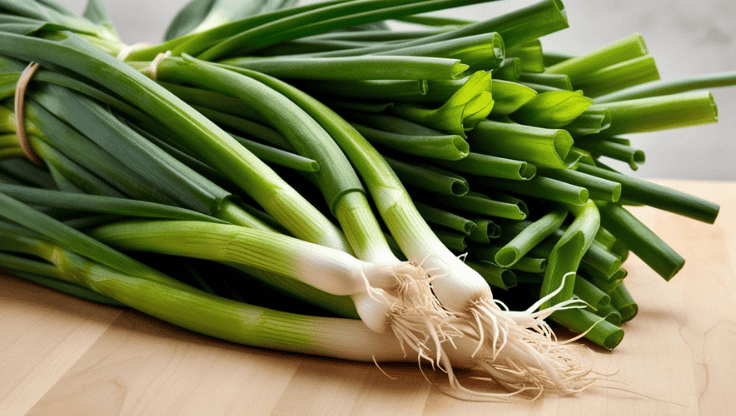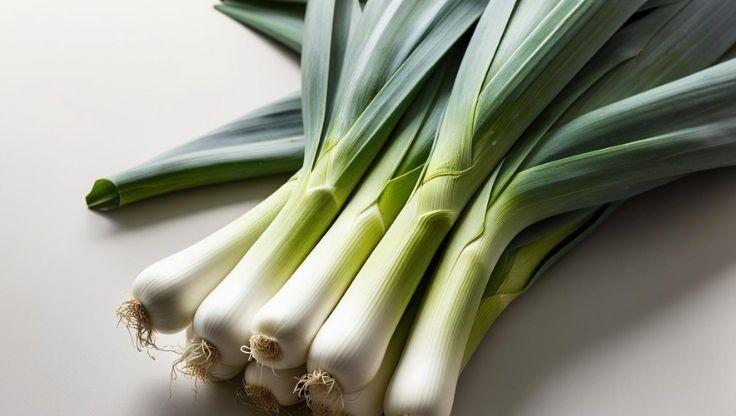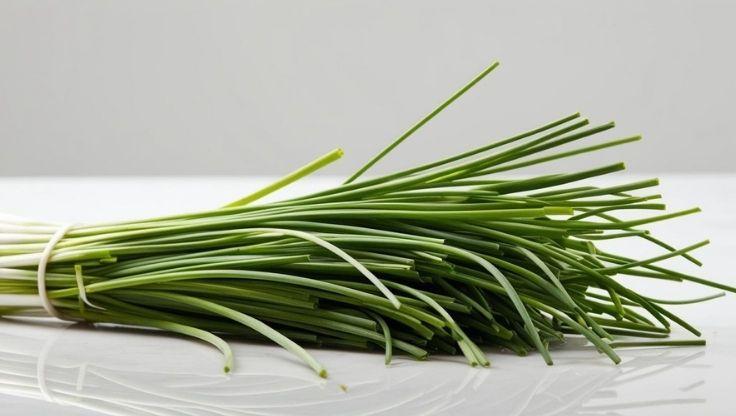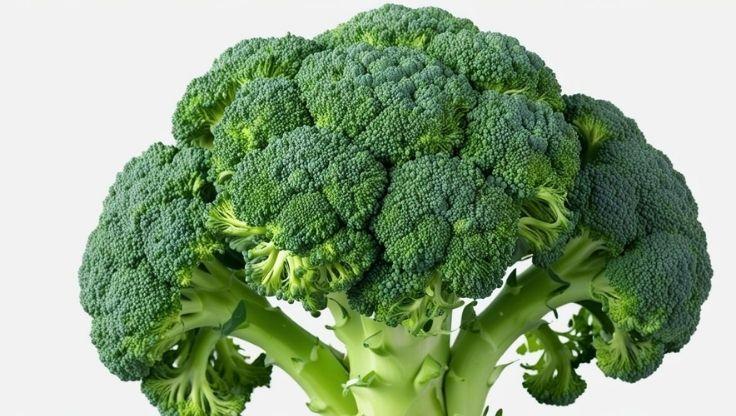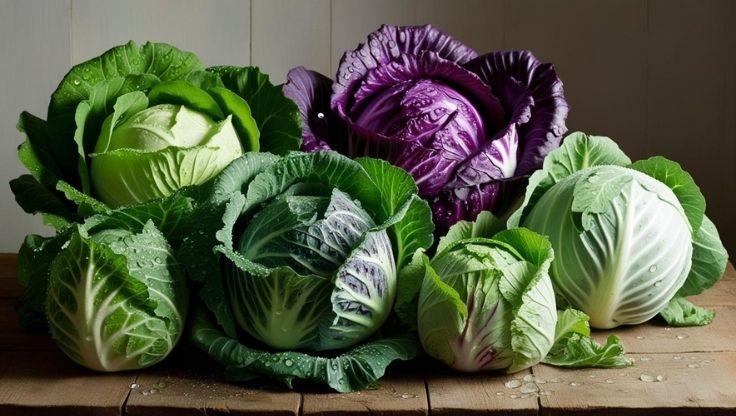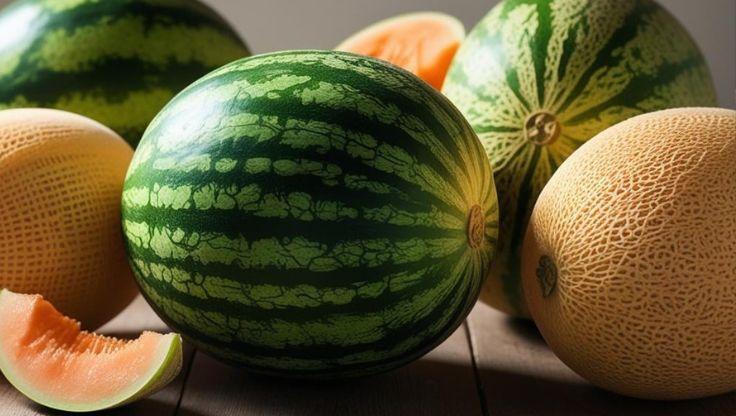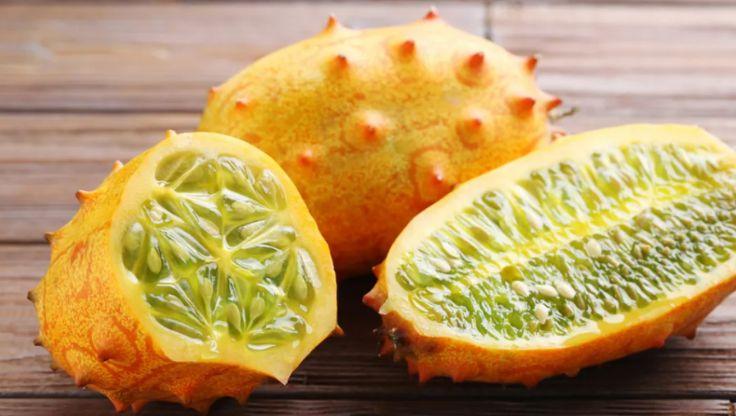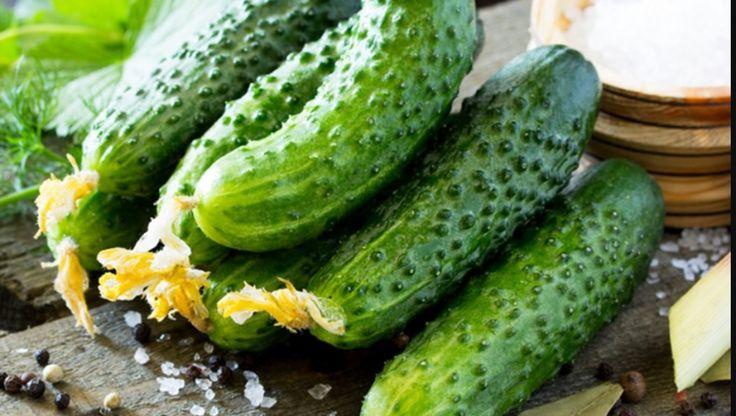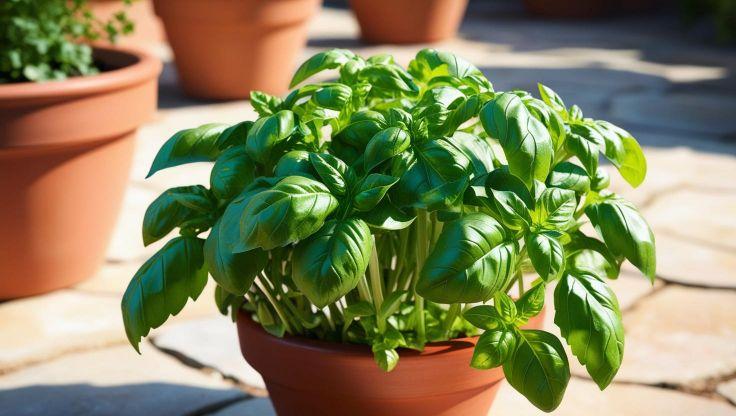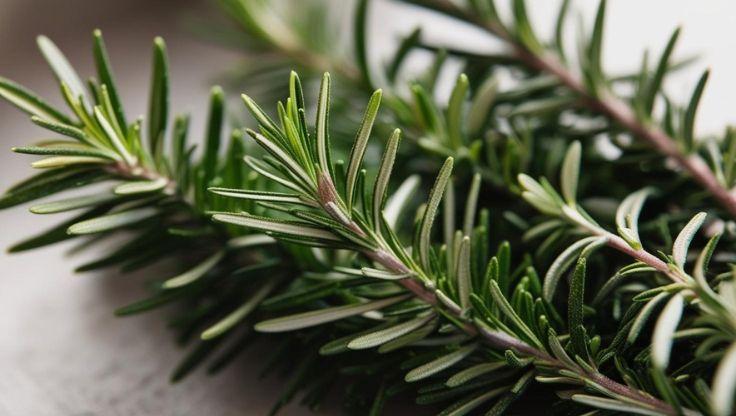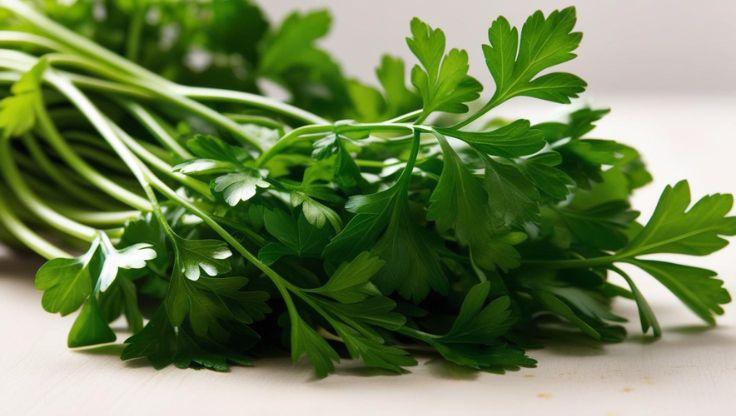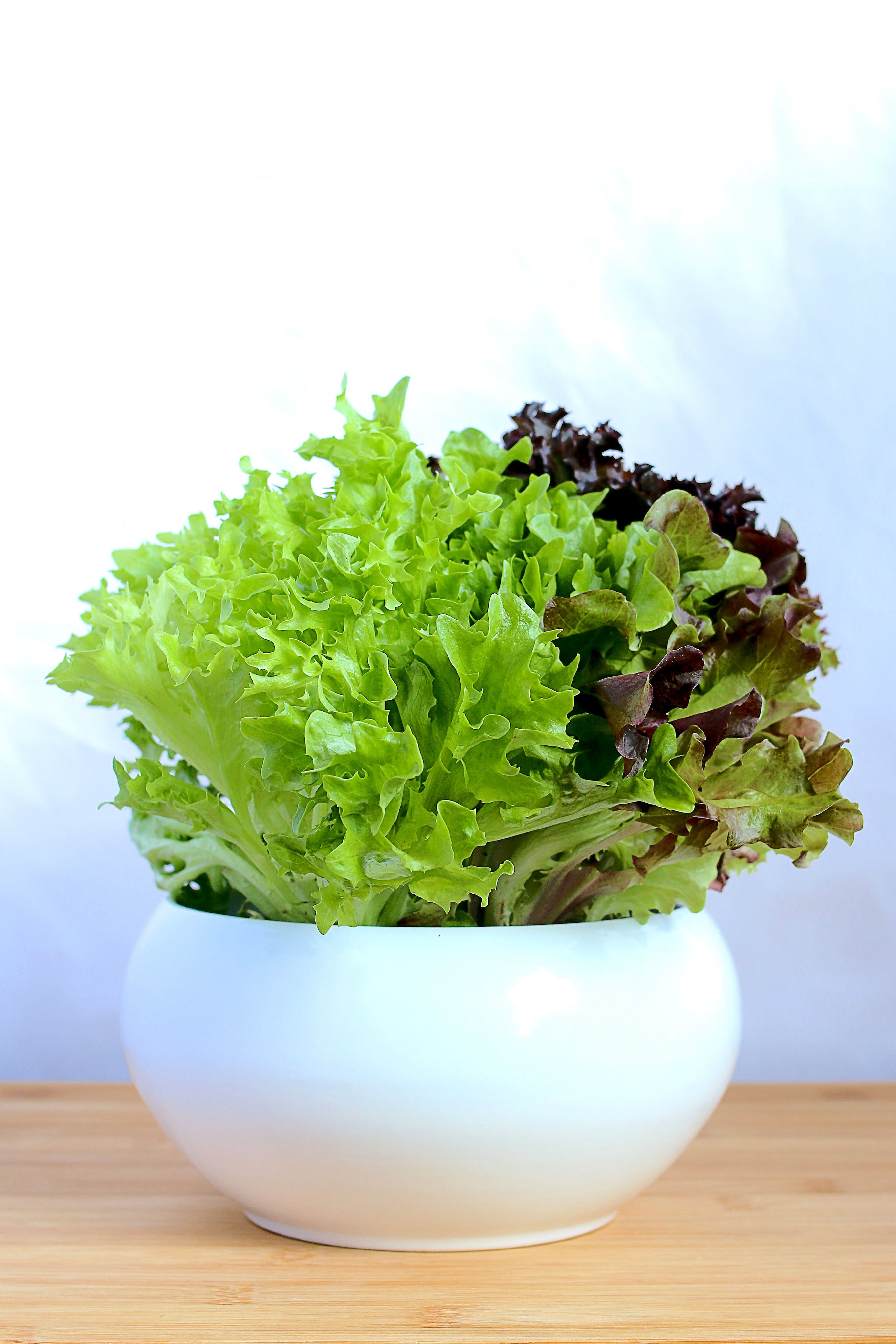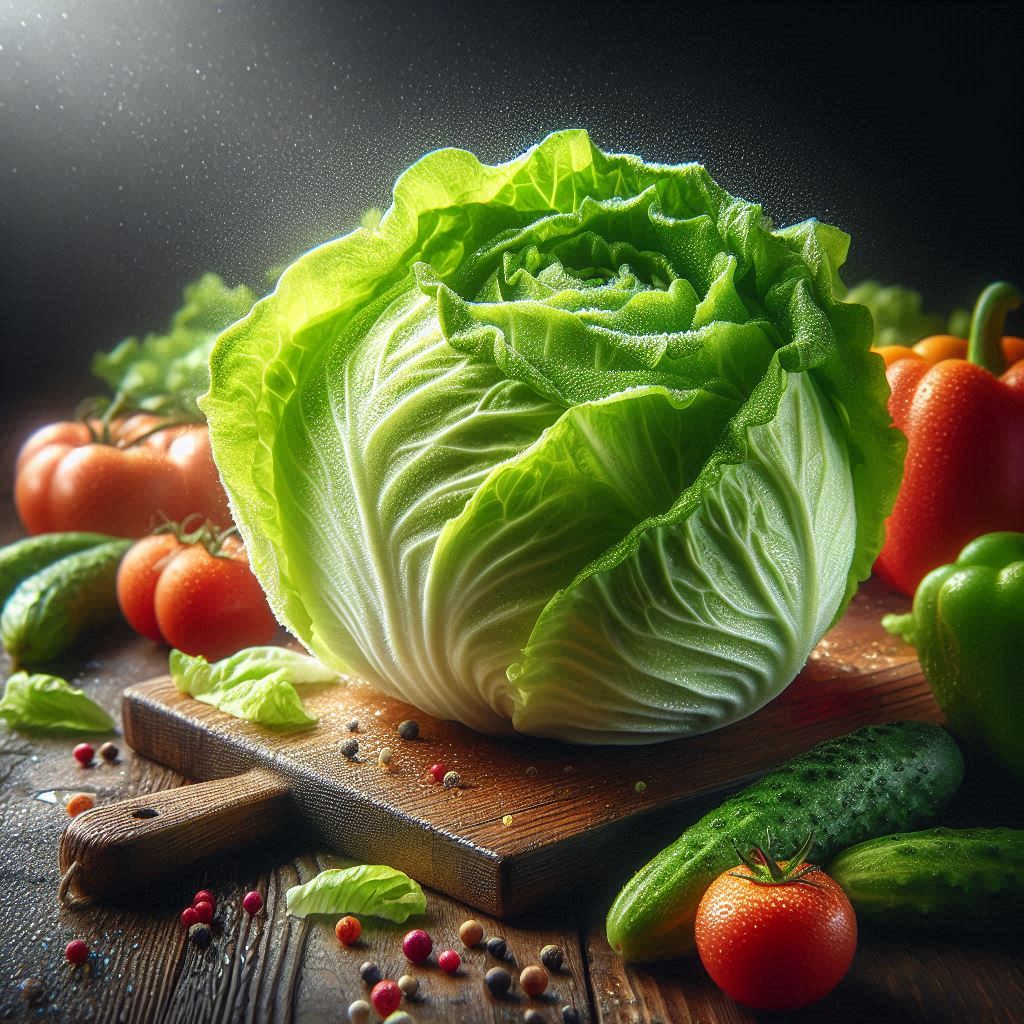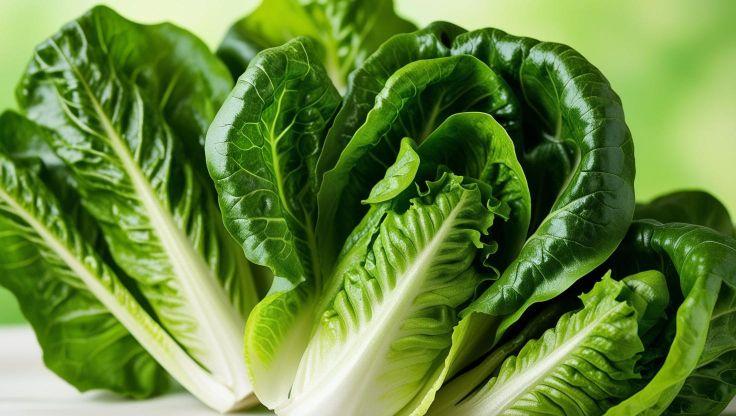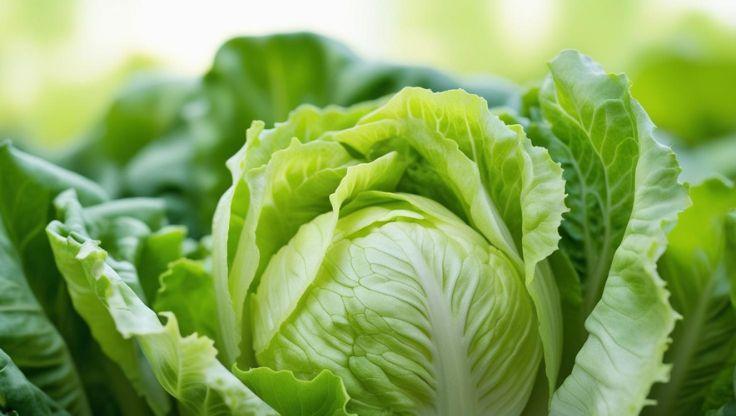Hydroponic Plants: Sage and Its Cultivation in Hydroponic Systems
Sage (Salvia officinalis) is a robust, aromatic herb widely used in culinary and medicinal applications. Originally native to the Mediterranean, hydroponic plants like sage flourish in controlled environments, allowing for optimal nutrient uptake, faster growth, and enhanced sustainability. Compared to traditional soil-based cultivation, hydroponic systems offer fewer pest risks, consistent yields, and improved water conservation.

Hydroponic Growing Conditions for Sage
Optimizing pH and EC Levels for Hydroponic Plants
Sage thrives in hydroponic plants systems when maintained within a pH range of 5.5–6.5, ensuring efficient nutrient absorption and healthy root development. The electrical conductivity (EC) level should be between 1.0–1.6 mS/cm, providing the ideal mineral balance for strong foliage growth and enhanced flavor. Properly managing these parameters prevents nutrient deficiencies and maximizes yield potential.
Environmental Requirements for Hydroponic Sage Cultivation
To achieve maximum yield and quality, hydroponic growers must maintain precise environmental conditions:
- Light Exposure: Requires 12–16 hours of full-spectrum LED or fluorescent lighting daily. Studies show that consistent lighting schedules enhance photosynthesis efficiency and promote vigorous leaf expansion.
- Temperature Regulation: Best grown at 18–25°C, ensuring steady metabolic function and preventing premature bolting. Extreme temperatures can slow growth rates and negatively impact essential oil production.
- Humidity Control: Ideally kept between 40–70%, preventing excessive moisture accumulation that leads to fungal diseases. Installing automated humidity regulators ensures stability and minimizes plant stress.
Advantages of Growing Sage in Hydroponic Plants Systems
Hydroponic cultivation offers several benefits compared to soil-based farming:
- Precise nutrient delivery enhances sage’s growth rate and flavor concentration.
- Year-round harvesting ensures consistent production without seasonal limitations.
- Reduced risk of pests and soil-borne diseases, leading to higher-quality, contamination-free produce.
- Efficient water usage, as hydroponic systems require up to 90% less water than traditional soil methods.
Optimized Hydroponic Systems for Sage Growth
Modern hydroponic techniques such as nutrient film technique (NFT) and deep water culture (DWC) provide efficient oxygenation and continuous nutrient absorption. Proper pruning methods promote dense foliage and higher yields, allowing growers to harvest sage within 60–90 days.
With expert hydroponic management, sage becomes a high-value, aromatic crop, perfect for culinary and medicinal applications.
Cultivation Process
Sage seeds should be spaced 1 per hole in hydroponic trays. After transplanting, plants reach full maturity within 8–12 weeks. Various sage varieties, such as Common Sage, Purple Sage, and Golden Sage, thrive in hydroponic gardens.
Uses and Benefits of Sage in Hydroponic Systems
Culinary Applications
Sage is a highly aromatic herb that enhances the flavor of meat dishes, pasta, sauces, and teas, adding a warm, earthy aroma that complements both savory and sweet recipes. Its robust fragrance and slightly peppery taste make it a staple in Mediterranean and French cuisine. Hydroponic plants of sage provide consistent quality and higher yields, ensuring a fresh supply year-round.
Studies indicate that hydroponically grown sage retains its essential oils more effectively than soil-grown varieties, leading to stronger flavor and aroma. Whether used in herbal infusions, marinades, or seasoning blends, sage adds a nutrient-rich boost to culinary creations.
Medicinal Properties
Packed with antioxidants and anti-inflammatory compounds, sage supports brain health, digestion, and immune function. Research suggests that sage can help enhance memory, reduce oxidative stress, and improve circulation. Additionally, its antimicrobial properties make it beneficial for fighting infections and boosting overall wellness.
Hydroponic plants of sage are cultivated under controlled conditions, ensuring optimal nutrient absorption and higher concentrations of beneficial compounds. This makes hydroponic sage an excellent choice for herbal remedies, essential oil extraction, and therapeutic applications.
Sustainability and Hydroponic Advantages
Growing sage as a hydroponic plant offers several benefits:
- Precise nutrient control ensures optimal growth and flavor.
- Year-round harvesting provides a steady supply regardless of climate.
- Reduced pest and disease risks improve plant health and longevity.
- Efficient water usage, as hydroponic systems require up to 90% less water than traditional soil methods.
By integrating hydroponic plants into modern agriculture, growers can cultivate high-quality sage with enhanced medicinal and culinary properties.
Research for expert insights
For expert insight and valuable information, check out the following comprehensive articles:
Company or Institution Name: HortTechnology
Article Title: Optimizing Sowing Density for Parsley, Cilantro, and Sage in Controlled Environment Production
Article Link: Read here


